Keeping your sourdough starter happy might sound intimidating at first, but it’s easier than you think. Understanding how to feed sourdough starter ensures your dough rises beautifully and bakes with that signature tang. A well-fed starter is the secret to light, flavorful loaves. Follow these simple, pro-level tips to build strength, consistency, and lasting fermentation success.
Start With Equal Parts Flour and Water

The foundation of how to feed sourdough starter begins with balance. Use equal weights of flour and water—commonly a 1:1:1 ratio (starter, flour, water). This maintains hydration and microbial harmony. Weighing ingredients ensures precision, preventing your starter from becoming too runny or dense. Consistency is key for stable fermentation and a reliable rise every time.
Use Room-Temperature Water

When mastering how to feed sourdough starter, water temperature matters. Use room-temperature water—about 70°F to 75°F. Cold water slows fermentation, while hot water can kill natural yeasts and bacteria. Gentle, neutral warmth helps your starter activate steadily, maintaining a balanced environment for healthy microbial activity and optimal rise during feeding cycles.
Choose Unbleached All-Purpose or Whole Wheat Flour
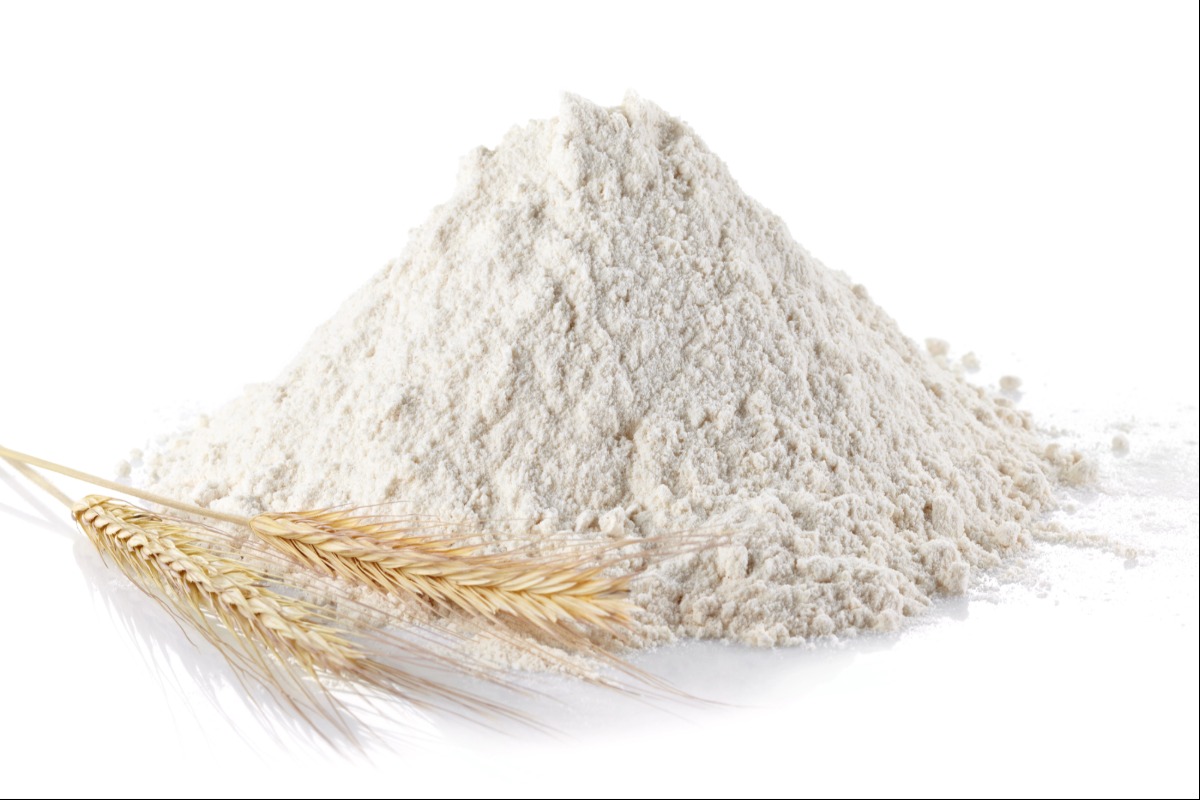
A vital part of how to feed sourdough starter is choosing the right flour. Unbleached all-purpose or whole wheat flour provides the best balance of nutrients and natural yeast. Bleached flours can disrupt fermentation. Whole wheat adds strength and boosts activity, helping your starter grow bubbly and robust with regular feedings.
Discard Before Feeding

In learning how to feed sourdough starter, always remove half before adding new flour and water. This “discard” step keeps acidity balanced and prevents the starter from growing too large. It refreshes the yeast environment, ensuring that each feeding delivers new nutrients for a strong, active culture that performs consistently.
Related Post: 15 Spooky Appetizers No One Can Resist
Stir Until Smooth

A simple but crucial step in how to feed sourdough starter is mixing thoroughly. Stir until the flour and water blend into a smooth, lump-free batter. This aerates the mixture, introducing oxygen that yeast and bacteria need to thrive. Even consistency promotes uniform fermentation, helping your starter rise predictably and evenly.
Related Post: 16 Halloween Snacks That Disappear Faster Than Ghosts
Use a Clean Glass Jar

When mastering how to feed sourdough starter, container choice matters. Use a clean glass jar with room for expansion—your starter can double in size after feeding. Avoid metal containers, as acids in the starter may react with metal surfaces. A clear jar lets you easily track growth and activity.
Related Post: 20 Halloween Treats That Taste Amazing
Keep a Consistent Feeding Schedule

A pro tip for how to feed sourdough starter is consistency. Feed it once every 24 hours at room temperature or weekly if refrigerated. Regular feeding maintains an active yeast population, preventing sour smells or sluggish fermentation. Your starter thrives on routine, just like any living culture that needs steady care.
Related Post: 18 Halloween Desserts So Good It’s Scary
Mark the Jar Level

To master how to feed sourdough starter, use a rubber band or marker to note the starter’s level after feeding. As it rises, you’ll see visible growth, often doubling within 4–6 hours. Tracking this helps you gauge readiness for baking and ensures you’re maintaining an active, healthy starter.
Related Post: 16 Freezer Meals For New Moms That Save Time
Store at the Right Temperature

A key point in how to feed sourdough starter is temperature control. Room temperature (70°F–75°F) encourages daily activity, while refrigeration slows fermentation for less frequent feeding. Adjust based on your baking schedule—keep it cool for weekly use, or warm and active for daily baking projects.
Related Post: 17 Warm Desserts That Melt In Your Mouth
Don’t Worry About Small Bubbles Early On

When learning how to feed sourdough starter, be patient. In the first few days, bubbles may appear slowly. That’s normal! Yeast and bacteria need time to stabilize. Keep feeding daily; once established, your starter will become frothy, aromatic, and ready to leaven dough beautifully with consistent rise and tangy flavor.
Related Post: 16 Warm Dips That Steal The Party Spread
Feed by Weight, Not Volume
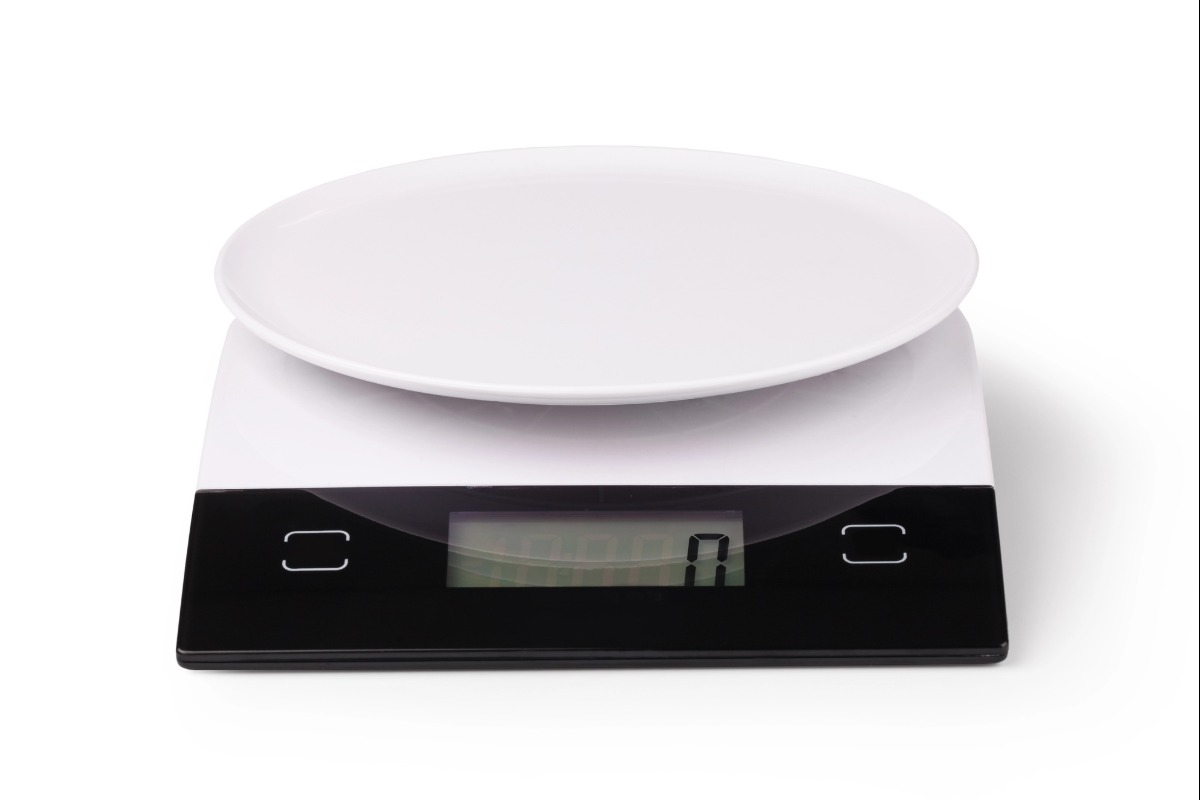
Accuracy matters in how to feed sourdough starter. Always measure ingredients by weight with a digital kitchen scale instead of cups or spoons. Weight ensures equal hydration and balanced fermentation. This precision eliminates guesswork, leading to a stronger, more reliable starter that performs predictably during every bake.
Related Post: 15 Warm Cocktails That Feel Like A Hug
Use Filtered or Dechlorinated Water
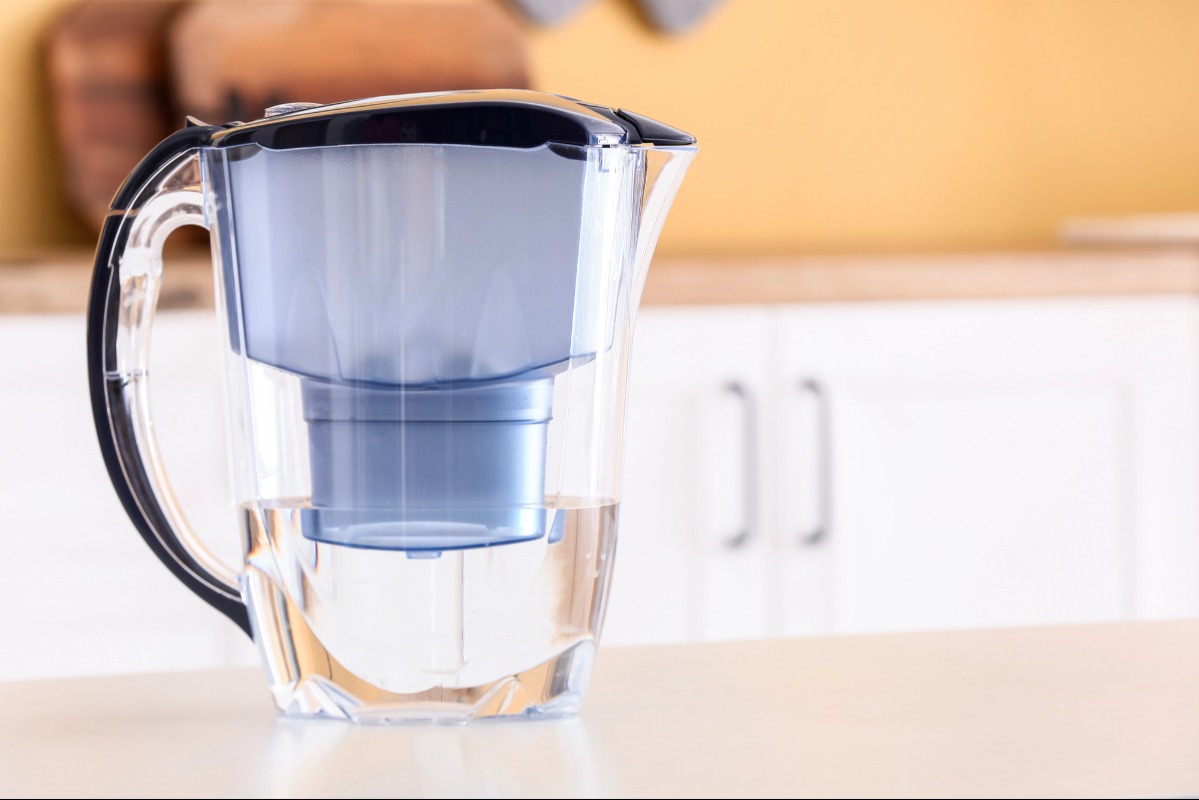
A small but critical tip in how to feed sourdough starter is avoiding chlorinated tap water. Chlorine can inhibit natural yeast and bacteria growth. Use filtered, bottled, or dechlorinated water for the best results. This simple change supports active fermentation and enhances your starter’s health and rising strength.
Related Post: 18 Fall Snacks That Keep You Warm And Happy
Watch for Signs of Readiness
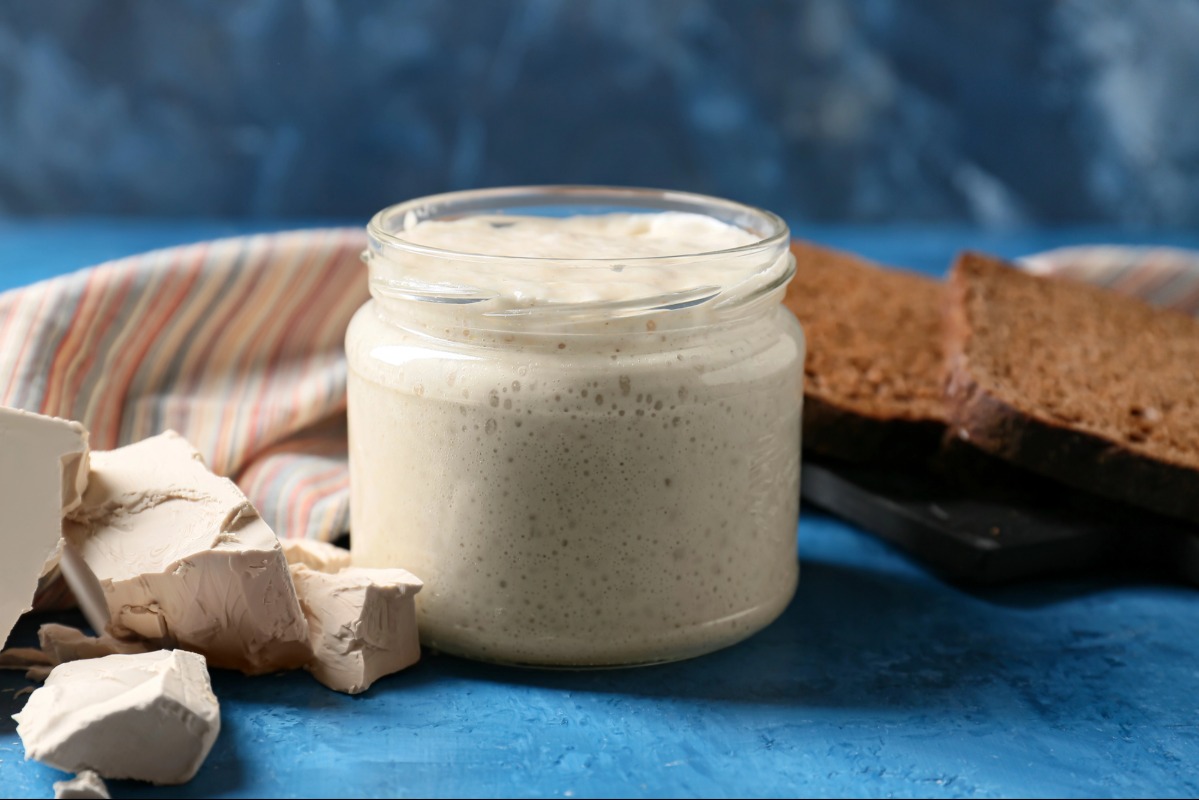
An essential part of how to feed sourdough starter is observing its behavior. A healthy, fed starter doubles in size, smells pleasantly tangy, and has visible bubbles. These are clear signs it’s ready for baking or refrigeration. If it’s sluggish, continue regular feedings to rebuild its strength and activity.
Related Post: 16 Fall Meal Ideas That Feel Instantly Cozy
Maintain Proper Hydration

Hydration control is key in how to feed sourdough starter. Standard hydration is 100%, meaning equal water and flour by weight. Too thick, and it ferments slowly; too thin, and it becomes unstable. Maintain this balance for consistent performance, easy mixing, and reliable results in your bread recipes every time.
Related Post: 17 Fall Deserts Too Beautiful To Ignore
Adjust Feeding Ratio for Baking Frequency

When mastering how to feed sourdough starter, adapt to your schedule. If you bake daily, keep it at room temperature and feed every 12–24 hours. For occasional baking, refrigerate and feed weekly. Adjusting ratios prevents waste while keeping your starter healthy, active, and ready when you need it most.
Related Post: 18 Kid Friendly Appetizers Even Adults Love
Revive a Neglected Starter
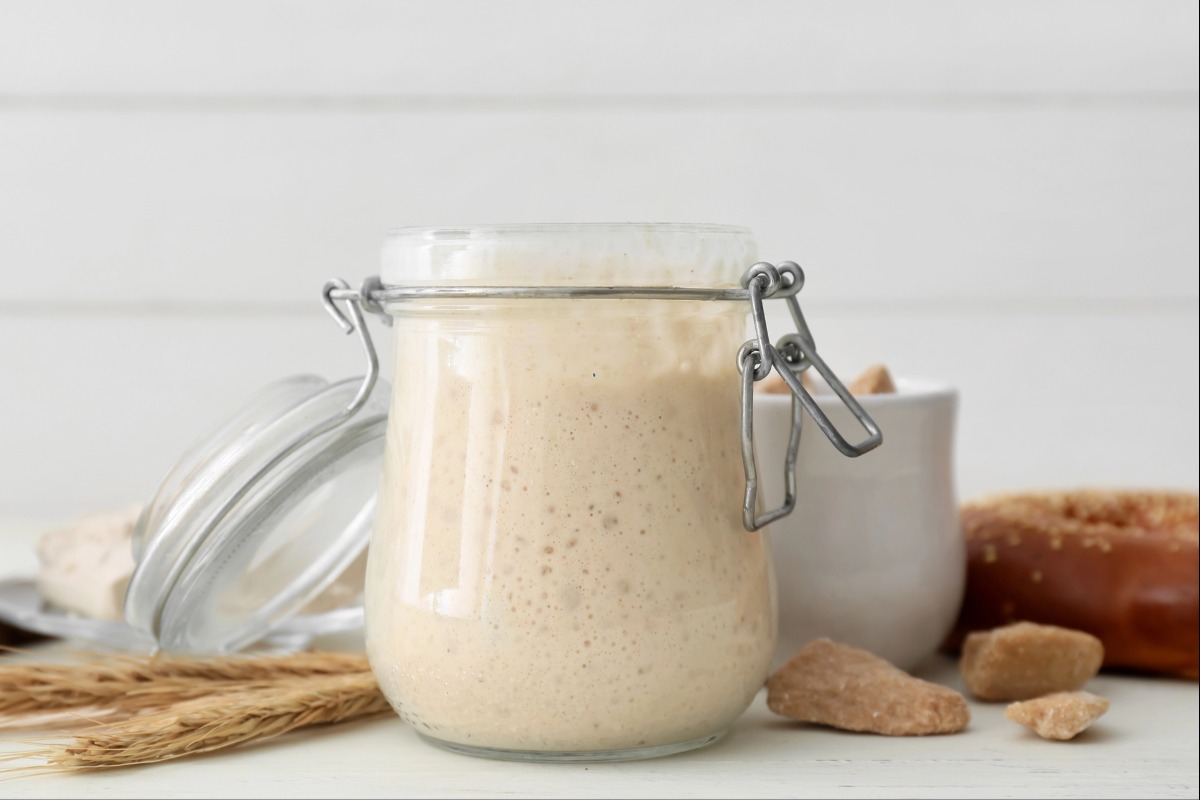
A key step in how to feed sourdough starter is revival. If your starter has been forgotten, smells off, or looks sluggish, discard most of it and add fresh flour and water twice a day. Within a few days, bubbles, a pleasant yeasty aroma, and a slightly tangy scent should return—proof your starter is active and ready to bake again.
Related Post: 20 Halloween Treats That Taste Amazing
Label and Track Feedings

To master how to feed sourdough starter, note your feeding times and ratios. Keeping a simple log helps you spot trends in growth, temperature effects, or hydration changes. Bakers who track progress maintain more stable starters—and avoid common issues like weak rise or overly sour results.
Related Post: 18 Halloween Desserts So Good It’s Scary
Understanding how to feed sourdough starter keeps your baking consistent and delicious. Use equal flour and water, maintain regular feedings, and store at proper temperatures. Observe bubbles, aroma, and rise to gauge health. Whether you bake daily or weekly, a well-fed starter rewards you with robust fermentation, rich flavor, and perfectly risen homemade bread every time.
Disclaimer: This list is solely the author’s opinion based on research and publicly available information.
15 Spooky Desserts That Belong at Every Halloween Table

Halloween isn’t just about costumes and candy—it’s also about setting the perfect eerie vibe with food. Spooky desserts make your table spread unforgettable, offering both fright and delight in every bite.
Read it here: 15 Spooky Desserts That Belong at Every Halloween Table
20 Fun Halloween Food Ideas Kids and Adults Will Love
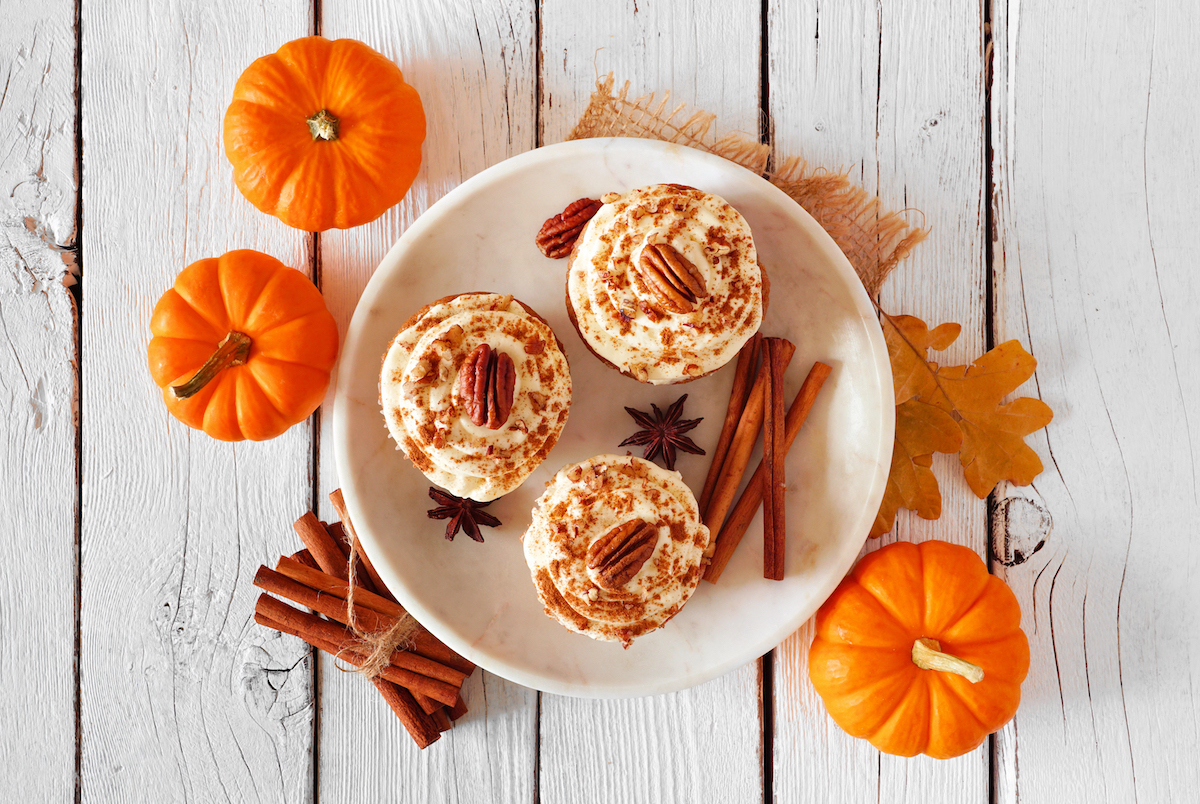
From eerie snacks to sweetly spooky desserts, Halloween is the ultimate time to get creative in the kitchen. From savory bites to sugary delights, fun Halloween food is a festive way to keep your party exciting.
Read it here: 20 Fun Halloween Food Ideas Kids and Adults Will Love
16 Spooky Alcoholic Drinks That’ll Haunt Your Taste Buds

When it comes to Halloween gatherings, nothing sets the mood like eerie, creative cocktails. These spooky alcoholic drinks aren’t just about taste—they’re about atmosphere, presentation, and a touch of frightful fun.
Read it here: 16 Spooky Alcoholic Drinks That’ll Haunt Your Taste Buds
